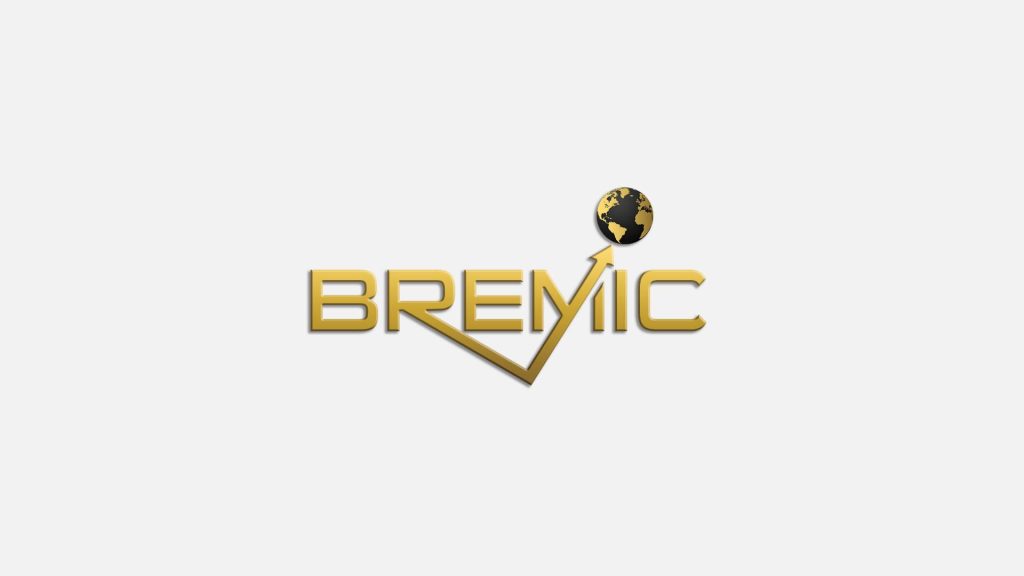Understanding UTM Tracking Code
In the world of digital marketing, it’s crucial to track your campaigns’ performance to get the desired results. UTM tracking code is one of the best ways to do that. UTM stands for Urchin Tracking Module, and it is a simple code that can be attached to a custom URL. This code helps you track the visitors’ source, medium, and campaign name. With the help of these tracking codes, you can easily monitor the performance of your campaigns and understand which marketing tactics are working and which are not. In this blog post, we will discuss everything you need to know about UTM tracking codes and how they can benefit your business.
The Basic Structure of UTM Tracking Codes
A typical UTM tracking code has five different URL parameters, which include the following:
utm_source: source of the traffic, such as the name of the website, email list, or promotional site that brought the visitor to your site.
utm_medium: the marketing medium used, such as email, social media, or display advertising that drove the traffic.
utm_campaign: the specific campaign name, such as the holiday sale, new product launch, or season’s greetings.
utm_term: this parameter is used for paid search campaigns, where you can track the specific paid keywords that generated the clicks.
utm_content: this parameter is generally used to identify different versions of the same ad or content, such as A/B testing.
How to Create a Code
Creating UTMs is a simple process. You can use Google’s Campaign URL Builder to create your tracking URL. You will need to fill in the required fields such as Campaign Source, Campaign Medium, Campaign Name, and other optional fields such as Campaign Term and Campaign Content. Once you have filled all the details, click on “Generate URL,” and you will get your custom URL with the UTM parameters.
Benefits of Using Tracking Codes
UTM tracking codes offer a plethora of benefits that can help you improve your marketing campaigns, such as the following:
- Tracking the source of your traffic: UTMs help you identify the source of your traffic, such as organic search, social media, email marketing, or paid advertising.
- Tracking your campaigns’ performance: With UTMs, you can monitor your campaigns’ performance, such as click-through rate, conversion rate, and other engagement metrics.
- Identifying the best-performing channels: With UTMs, you can easily identify the best-performing channels that are driving traffic and conversions, which can help you optimize your efforts on those channels.
- A/B testing different marketing tactics: With UTM parameters, you can track the performance of different marketing tactics, such as different ad copies, headlines, and landing pages.
Best Practices for Using Tracking Codes
While using UTM tracking codes is easy, there are still some best practices to follow to ensure you get the best results, such as the following:
- Keep a consistent naming convention for your parameters to avoid confusion.
- Avoid using too many parameters, which can clutter your campaigns’ performance data.
- Use UTM parameters only for external links and not for internal links on your website.
- Regularly monitor and analyze your campaigns’ performance data to optimize your marketing tactics.
Conclusion
In conclusion, UTM tracking codes are an efficient way to track and analyze your digital marketing campaigns’ performance. With the help of these codes, you can easily identify the sources, mediums, and campaigns driving traffic to your website and adjust your marketing tactics accordingly. By following the best practices for using UTM parameters, you can get the most out of your marketing campaigns and make data-driven decisions that will help you achieve your business goals.
















